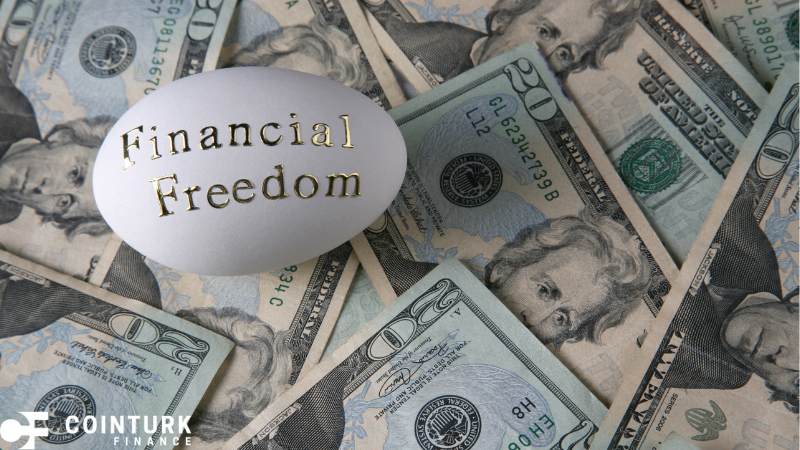Many investors increasingly turn to dividend-paying stocks to enhance passive income from their retirement portfolios. In this context, Schwab stands out as a significant player with offerings that simplify the process of building a reliable income stream. While numerous high-quality exchange-traded funds (ETFs) are available, the Schwab U.S. Dividend Equity ETF (SCHD) and Schwab Fundamental U.S. Broad Market Index ETF (FNDB) emerge as potentially lucrative picks for the long-term investor, particularly those close to retirement. The focus on stability and growth through diversified portfolios appeals to those planning to rely on dividends as they step into retirement.
Previously, discussions around high-quality ETFs frequently highlighted names like Vanguard alongside Schwab. SCHD has been recognized for tracking the Dow Jones (BLACKBULL:US30) U.S. Dividend 100 Index, prioritizing large, high-quality companies conducive to portfolio stability. In contrast, FNDB, by emphasizing fundamental company metrics, often included a more cyclical and younger crop of dividend-paying stocks. While both funds find their appeal among investors, the slight differences in yield and expense ratio influence choices depending on an investor’s focus on growth versus immediate income. This detail places SCHD slightly ahead for those prioritizing secure income.
Why Consider SCHD?
The Schwab U.S. Dividend Equity ETF (SCHD) has long attracted investors with its efficient tracking of robust companies within the Dow Jones U.S. Dividend 100 Index. Key benefits include the stable dividend yield of 3.8% and a low expense ratio of 0.06%, making it a cost-effective and lucrative option in the dividend ETF space. It is often favored by those nearing retirement for its reliability.
Investment pundits often assert, “Its low-cost diversification is indeed intriguing.”
How Does FNDB Stand Out?
Conversely, the Schwab Fundamental U.S. Broad Market Index ETF (FNDB) appeals to those eyeing long-term growth, albeit at a higher expense ratio of 0.25%. With a comparatively lower yield of around 1.7%, FNDB tends to appeal to investors willing to accept trade-offs for potentially higher returns driven by valuation-centric portfolio construction. With its focus on growth potential, FNDB’s value tilting strategy attracts individuals anticipating market upsides.
“FNDB weights its holdings based on fundamentals, offering a unique portfolio position,” shared a financial analyst.
Differentiating between these two options depends heavily on whether an investor values immediate dividends via mature companies or seeks potential gains from dynamic but less-mature firms. The current economic climate, with investors seeking to diversify their portfolios against market volatility, often steers choices according to financial goals. SCHD, with its more defined yield prospects, offers stability through blue-chip investments.
As retirement planning becomes increasingly nuanced, identifying the balance between secure income and growth remains crucial. An ETF like SCHD provides a sense of security through established companies and dividends, whereas FNDB offers an avenue for growth-oriented strategies with a focus on fundamentals and metrics. Alignment with financial goals will ultimately dictate the ideal ETF choice.
To optimize a retirement-based strategy, understanding the extent to which each ETF aligns with one’s investment horizon and risk tolerance becomes key. Assessing historical data alongside future projections could provide a clearer trajectory for returns expected. Potential investors may find value in engaging with financial advisors to personalize their portfolios.










